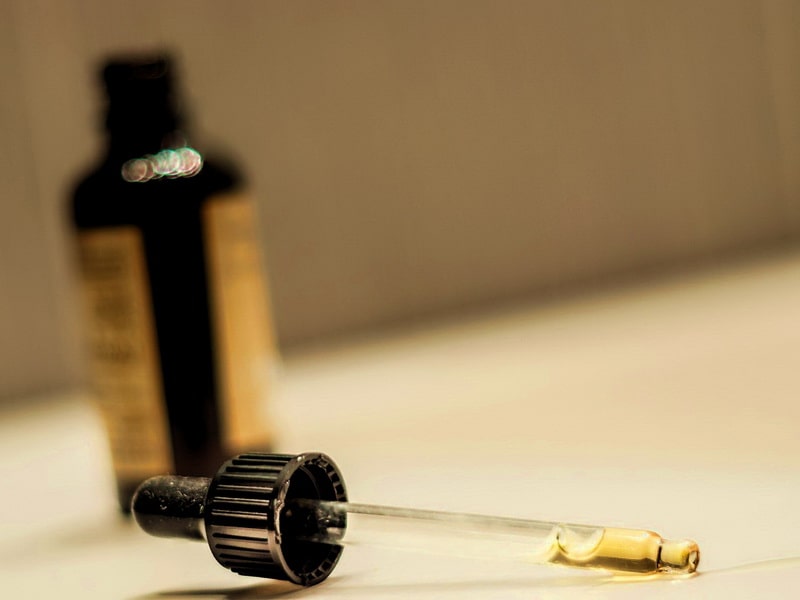Cannabidiol, better known as CBD, is one of the substances found in the hemp plant. There are more than 100 substances known as cannabinoids that can be isolated from the plant, and among the most common are CBD, THC and CBN. Although not much is known about these compounds, there are several studies on CBD and it is already used for different purposes, and the production of CBD oil can be done in different ways.
CBD oils are becoming increasingly popular around the world, because they can be used as a supplement to lead a healthier lifestyle and improve overall wellness. But how is CBD oil made? The truth is that there are already methods that use advanced technology to produce CBD oil.
If you’ve heard of CBD oils before, you probably know that they are only legal if produced from industrial hemp, a form of the hemp plant that contains less than 0.03% THC. Full-spectrum oils extract all the cannabinoids together, but some companies also sell products with isolated CBD that contain no THC at all.
If you’re wondering how they manage to separate CBD from the rest of the plant, we’re going to explain in this article. But first let’s examine what exactly CBD is.
What is CBD?
Although THC is probably the most well-known substance in hemp because it is the one that “gets smokers high”, it is not the only one found in the plant. CBD is a cousin of THC, although it does not have intoxicating properties nor does it cause psychoactive effects.
CBD acts in a similar way to the endocannabinoids found in our body. These perform their function in the endocannabinoid system (ECS) to maintain homeostasis, i.e. to keep the body in balance.

Many people use CBD oil because it is a way to give the SEC a little boost, improving overall well-being and stimulating the SEC to keep the body functioning properly.
There are other ways to consume CBD, but oils are the most widespread because they are so easy to use. Want to know how CBD is extracted from the hemp plant for CBD oil production?
CBD oil production: extraction methods
Although there are many ways to extract CBD, the goal is always the same: to get the cannabinoid in a concentrated form so that it is suitable for human consumption and a production of CBD oil or other products can be made.
It is usually mandatory that this process is carried out with industrial hemp plants to ensure that the resulting product complies with the law in terms of the maximum allowed amount of THC.
Extraction with olive oil
Extraction with olive oil is one of the most common processes among those who are encouraged to produce CBD oil at home. When using this method, the raw plant material must be decarboxylated, that is, it must be heated to a certain temperature for a specific time to activate all the chemicals in the plant.
In general, in the case of hemp, the optimum temperature is 120°C for 60 minutes or 140°C for 30 minutes. This activates all substances, including CBD. The plant material is then added to the olive oil and heated to 100°C for 1-2 hours. In this way, the cannabinoids pass from the plant to the oil and a homemade CBD oil is obtained.
Dry ice extraction
This method can also be carried out at home, although it involves more time and effort and is somewhat more complex.
First of all, if you are going to try this option you will need thick gloves that are resistant to heat and goggles to ensure safety during the process.
The first step is to cut the hemp into small pieces and put them in a large bucket. Then cover everything with approximately 1.5 kg of dry ice for 3 minutes to freeze the resins in the plant. Next, cover the bucket with a mesh bag so that you can shake the ice and hemp mixture, which will knock the frozen resin and trichomes away from the plant.
Finally, the bucket should be turned upside down on a perspex plate or mirror, and the frozen resin will fall through the mesh bag. Normally a bag with different densities is used to strain all the pieces of resin.
For more information about top cbd oil, you can follow their page to know more.
